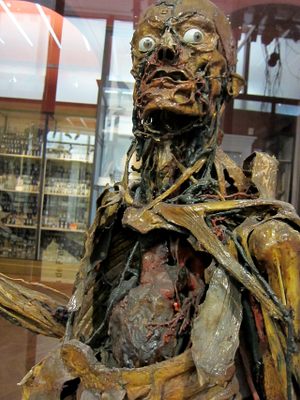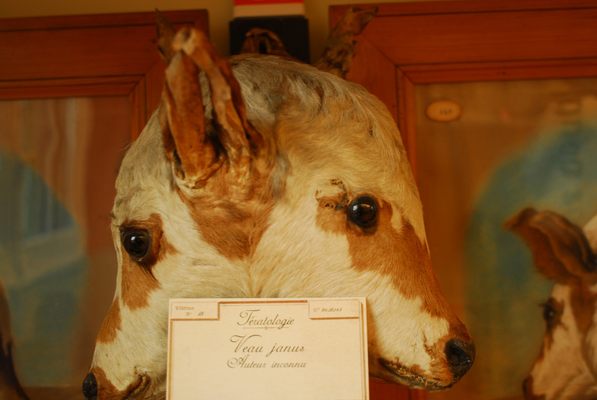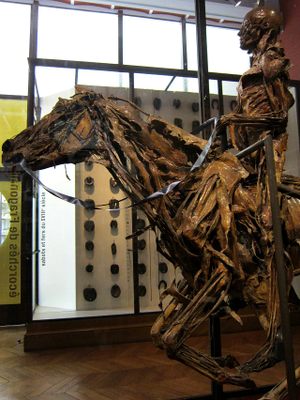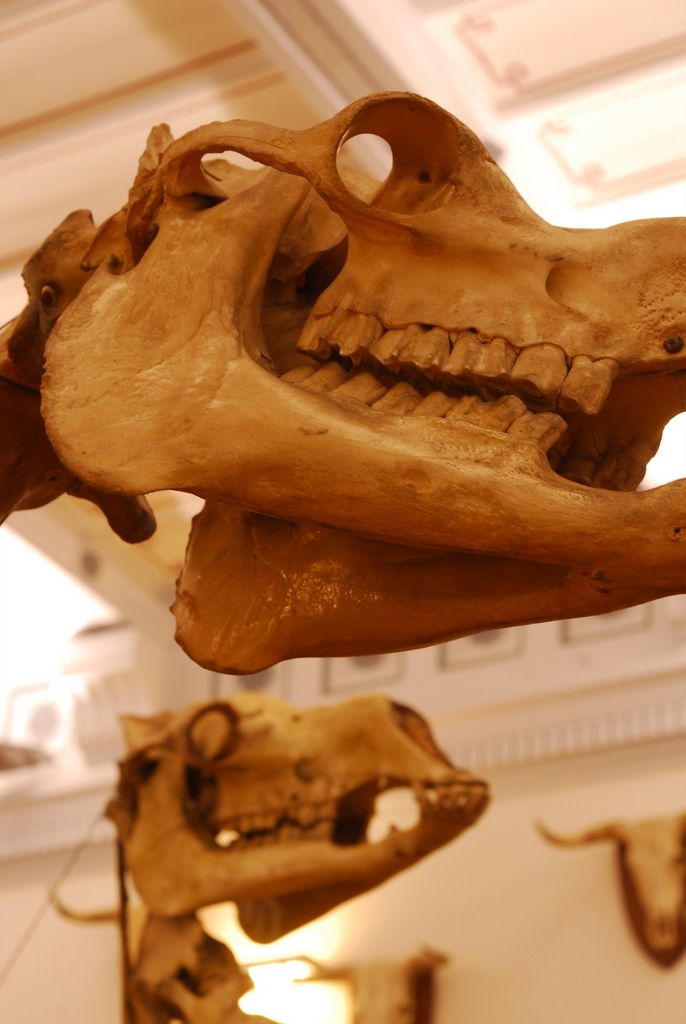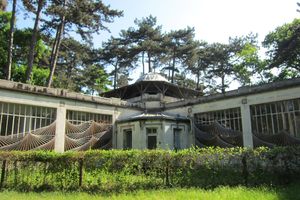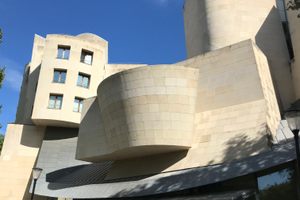About
Founded in 1766, the Fragonard Museum is one of the oldest museums in France. Honoré Fragonard was one of the first medical masters of France, and his extensive collection contains rooms devoted to anatomy and teratology, articulated animal skeletons, and to disease and pathology. The highlight of this extraordinary museum is by far, however, the écorchés, or "flayed figures" of Honoré Fragonard.
Fragonard was appointed by Louis XV to be a professor at the first veterinary school in Lyon, and it was there where he began working on his "flayed figures" or écorchés. These écorchés were carefully dissected animals that were posed and mounted.
While many of his contemporaries were creating artificial anatomy models from wax, ceramic, and plaster, Fragonard spent years preparing hundreds of these écorchés through a very difficult and, to this day, a secret process similar to that of plastination. Though most of the items were intended to be used as educational tools, some of his work is purely artistic.
Fragonard worked in Lyon for six years before his flayed figures began frightening the townspeople. Fragonard was declared a "madman" and fired. This did not deter him, and he continued to make hundreds of his écorchés to sell privately. While Fragonard created over 700 écorchés in his life, the collection at the Fragonard Museum contains only 21 of them: the last remaining flayed figures of Honoré Fragonard.
The Fragonard museum contains many interesting veterinary specimens, but the écorchés themselves are in a room through a set of double doors at the rear of the main gallery. Once inside, do not miss (it would be difficult) the écorché of the Horseman of the Apocalypse. Fragonard was inspired by painter Albrecht Dürer's famous picture of a man riding his horse. From this, he made tangible Dürer's vision as a disturbing, skinless, three-dimensional entity.
Related Tags
Community Contributors
Added By
Edited By
Published
November 26, 2014


